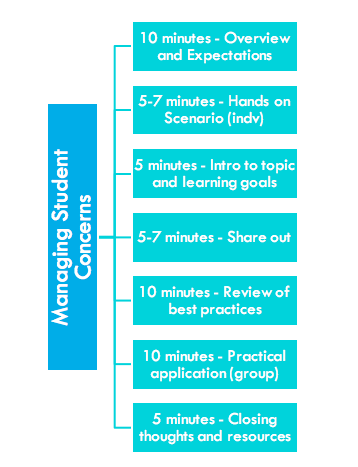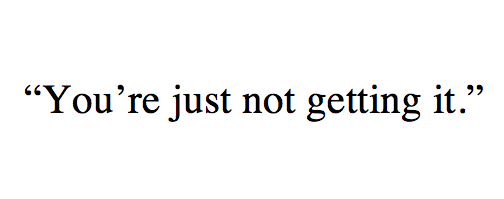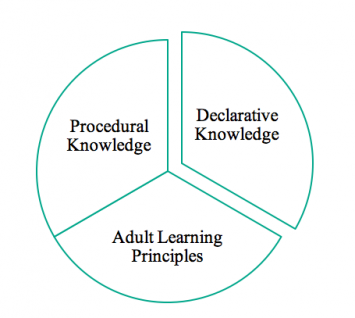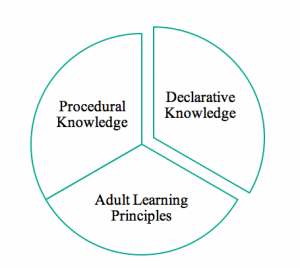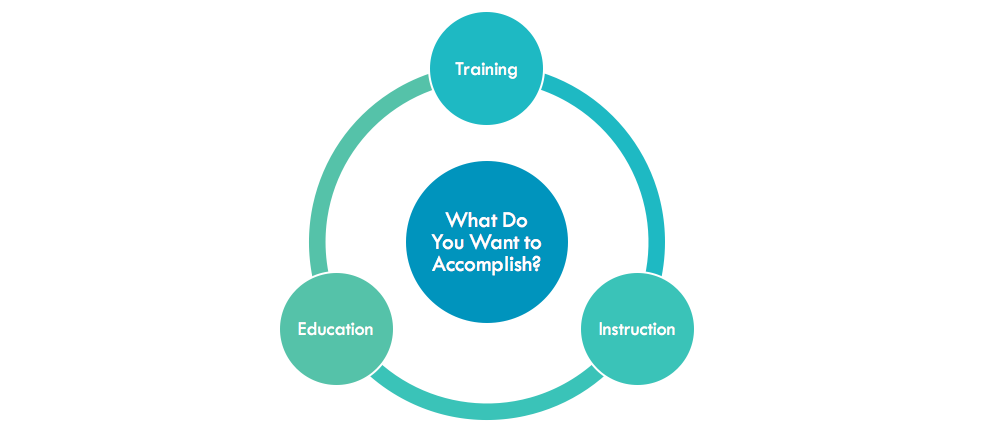Let’s get a little personal
What is this initiative and what are the benefits of joining?
First off, in case you haven’t heard this today – you’re doing great! You’re working a part time or full time job, continuing to flourish as a human being and as a woman, and you are looking for even more opportunities to improve yourself.
I’ve dubbed 2018 “The Year of the Hustle”. I’ve faced struggles over the last 3 years, encountered roadblocks that shook me, and put many of my own goals on hold to manage other situations in my life. You might be in the same place, or trying to come back from it.
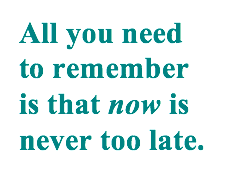 I’m grateful for the discussions I’ve had with all of the women in my life and it occurs to me that we’re all looking for ways to grow personally and professionally. That type of growth is best achieved with a system of support. So I’ve added empowering the women around me as a goal. I’m starting with a Slack group to bring together like-minded individuals and build a community of continuous development. By joining, you’ll have a chance to interact with and learn from the experiences of women just like you. Participate at a level that works for you; pop in when you need help or hang out to lend a hand to new friends!
I’m grateful for the discussions I’ve had with all of the women in my life and it occurs to me that we’re all looking for ways to grow personally and professionally. That type of growth is best achieved with a system of support. So I’ve added empowering the women around me as a goal. I’m starting with a Slack group to bring together like-minded individuals and build a community of continuous development. By joining, you’ll have a chance to interact with and learn from the experiences of women just like you. Participate at a level that works for you; pop in when you need help or hang out to lend a hand to new friends!
Because I want this to be a safe and truly positive space for women, access to the group is by invitation only. Do you know any women who would benefit from participating in this project? They can request an invitation by filling out this form.
The group will focus on the following 5 topics, with additional items added as needed:
| Personal and professional goals | Where do you want to be and how can this group help you get there? |
| Money | Do you want to talk about salaries, negotiations, managing money and short/long term financial goals? |
| Time | Do you need an accountability partner to help you stay on track? Are you investing the right amount of time in yourself? |
| Reality checks | Feeling like the world is full of trash people? Struggling to find your happy place in an increasingly tumultuous time? That’s ok! Let’s talk about what you’re seeing and how you can make an impact. |
| Tools | Find and share tools and resources that help you keep track of everything and discover new approaches to problem solving. |
I’m super excited to get started and to see what we will accomplish together!





